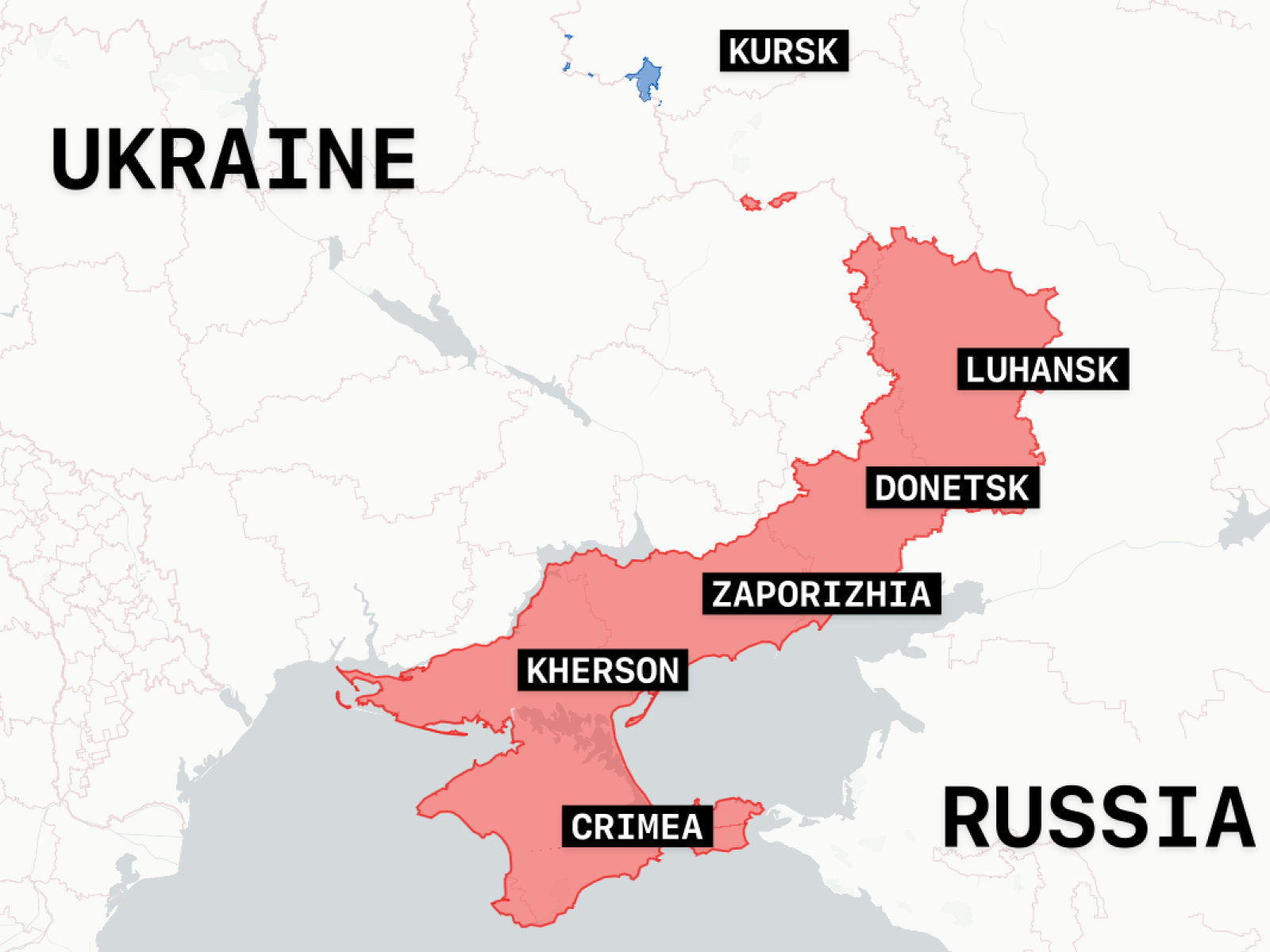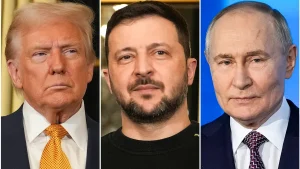New Delhi – The upcoming Trump Putin Alaska Meeting scheduled for August 15 has thrust a controversial proposal into the spotlight: a potential territory swap in Ukraine that could fundamentally alter the conflict’s trajectory. This high-stakes diplomatic encounter promises to address one of the most contentious ideas in modern warfare diplomacy.
The Territory Swap Proposal

The Trump Putin Alaska Meeting centers around a reported territorial exchange that would see Ukraine cede remaining parts of Donetsk province to Russia in return for a comprehensive ceasefire. This proposal emerged following US special envoy Steve Witkoff’s recent Moscow visit, where the Kremlin pitched the idea of trading land for peace.
According to the proposal by US President Donald Trump being discussed at the Trump Putin Alaska Meeting, Russia would halt its military offensives across other Ukrainian regions, including Zaporizhzhia and Kherson, while accepting a frozen line of contact. In exchange, Ukraine would withdraw from the remaining areas of Donetsk it currently controls, effectively completing Russia’s long-sought control over the industrial Donbas region.
The Donbas area, comprising Donetsk and neighboring Luhansk provinces, has been a flashpoint since 2014 when Moscow-backed separatists initially seized portions of both regions. This resource-rich area, abundant in coal and heavy industry infrastructure, represents a strategic prize that has motivated much of the conflict’s intensity.
Ground Reality in Affected Areas


The Trump Putin Alaska Meeting discussions have triggered immediate reactions in communities that would be directly impacted by any territorial arrangements. Sloviansk, a city previously captured by Moscow-backed separatists in 2014 and later retaken by Ukraine, exemplifies the human cost of such diplomatic calculations.
Residents of Sloviansk live under constant threat, with daily shelling and proximity to active combat zones defining their existence. Local journalist Mykhailo described widespread “panic” among friends who fear forced displacement again. The community’s tiny salt lake, where locals seek therapeutic relief in medicinal waters beneath concrete bomb shelters, symbolizes the surreal nature of life under siege.
The Trump Putin Alaska Meeting proposal feels particularly jarring to residents who never imagined their key ally, the United States, might contemplate trading their hometown to Moscow through political negotiation rather than battlefield defeat.
Current Battlefield Dynamics


Any agreements reached during the Trump Putin Alaska Meeting must contend with evolving frontline realities. The Donetsk region currently experiences some of summer’s fiercest fighting, with Russian forces pushing westward through sustained artillery and drone campaigns.
Control over strategic hubs like Pokrovsk and Kostiantynivka remains vital for Ukraine’s military logistics. These transportation nodes enable troop supply and reinforcement throughout Donetsk’s defensive positions. Losing them would severely complicate Ukraine’s ability to maintain resistance in the region.
Also Read: US Pakistan Relations Deepens As America Applauds Pakistan’s Counter-Terrorism Success
Sloviansk residents hear daily shelling, while the nearest train station in Kramatorsk, just 20 kilometers away, bustles with soldiers traveling to and from combat positions. Air raid sirens regularly greet trains arriving from Kyiv, underscoring that even rear areas remain vulnerable to attack.
Trump’s Negotiating Position
The Trump Putin Alaska Meeting occurs as President Trump maintains calls for an immediate 30-day unconditional ceasefire as prelude to comprehensive peace negotiations. While Ukraine accepted this proposal in March, Russia declined, subsequently escalating attacks that have reportedly doubled since Trump’s presidency began.
Recent weeks have seen Trump increase pressure on Putin through expanded sanctions targeting not only Russia but also purchasers of Russian energy. Increased tariffs on India exemplify this approach. Trump has simultaneously reaffirmed continued US military support to Ukraine through NATO allies while emphasizing allied commitments to increased defense spending.
These pressure tactics, combined with Russia’s substantial military losses, form the foundation of White House arguments that the Trump Putin Alaska Meeting positions Trump advantageously.
Historical Precedent and Strategy
The Trump Putin Alaska Meeting draws comparisons to Ronald Reagan’s 1986 Reykjavik summit with Mikhail Gorbachev. That meeting nearly produced breakthrough agreements but collapsed when Gorbachev demanded US abandonment of missile defense programs. Reagan’s refusal to compromise on core principles initially appeared like failure but ultimately enabled better subsequent agreements.
This historical parallel suggests the Trump Putin Alaska Meeting strategy should prioritize securing full ceasefire commitments before entertaining territorial concessions. Premature agreement to territory swaps without first silencing weapons could entrench Russian battlefield gains while legitimizing future expansion claims.
Ukraine’s Absence Raises Concerns


The Trump Putin Alaska Meeting excludes Ukrainian participation, adding controversy to territorial discussions. This absence risks creating Moscow’s preferred narrative: major powers sketching European borders without affected nations’ consent.
Kyiv has consistently rejected any settlement ceding territory, making exclusion from talks particularly concerning. The preferred sequence involves securing ceasefire agreements first, then including Ukraine as full participant in political negotiations before addressing detailed territorial arrangements.
Conclusion
The Trump Putin Alaska Meeting represents a pivotal moment that could either advance meaningful peace or further entrench conflict dynamics. Success depends on prioritizing humanitarian concerns over territorial ambitions while ensuring affected communities retain voice in determining their futures. The world watches as these two leaders attempt to reshape one of modern history’s most significant conflicts.

